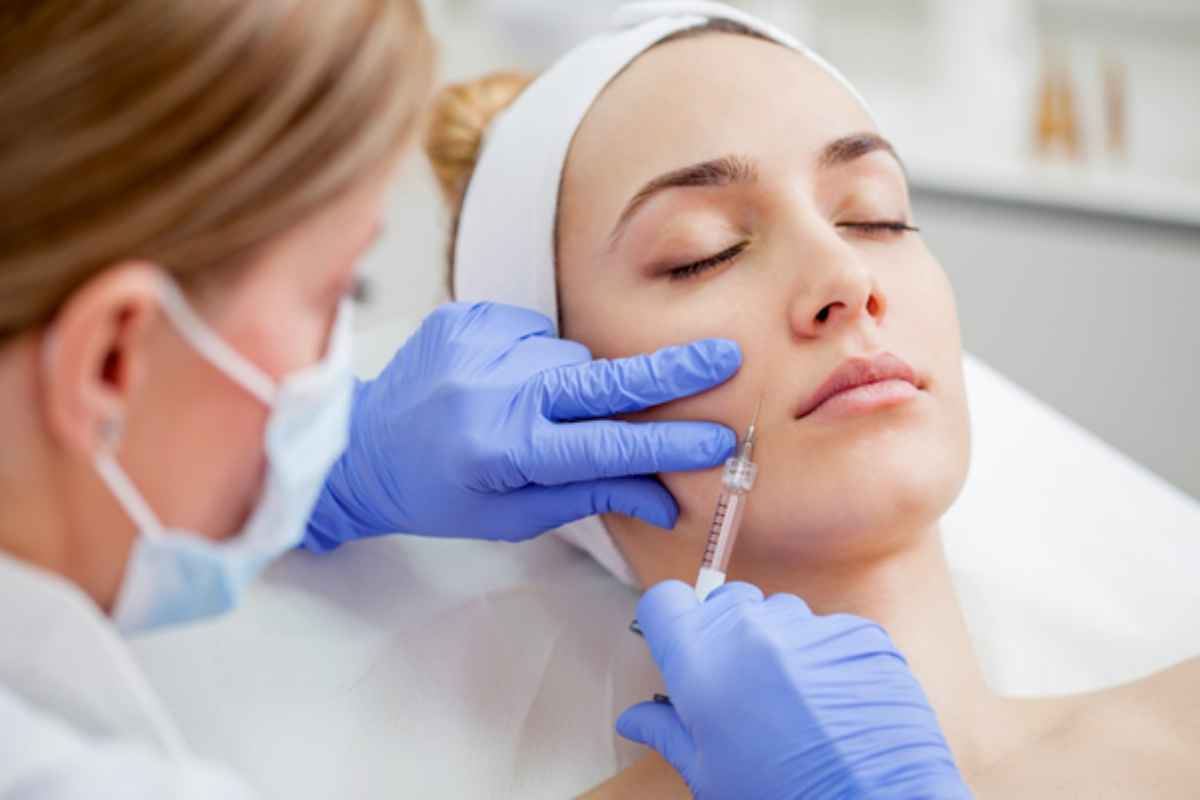Botox, the household name for botulinum toxin, has long been associated with the older generation, serving as a remedy for wrinkles and a staple in the anti-aging regimen. However, recent trends have seen a significant shift, with millennials driving the demand. Age stereotypes associated with Botox are slowly crumbling, making way for a new demographic that embraces this treatment not just as a response to aging but as a proactive measure.
Millennials, born between 1981 and 1996, are a generation characterized by their interest in health, wellness, and self-care. Consequently, Botox’s appeal to this age group is not merely about vanity; rather, it is an extension of their holistic approach towards wellbeing. While it’s true that millennials are getting Botox to manage signs of aging, many also opt for the procedure as a preventative measure, coining the term “preventative Botox”.
Preventative Botox refers to the use of these injections in one’s late twenties or early thirties with the goal of reducing the development of dynamic wrinkles. These wrinkles, formed due to repetitive muscle movements like frowning, squinting, or smiling, become static or permanent over time. Millennials believe that by addressing these wrinkles early, they can prevent their deepening.
Moreover, with a stronger focus on appearance in this age of social media, millennials see Botox as an instrument to refine their look. The advent of ‘Zoom culture’ since the pandemic, where video calls for both work and personal connection have become the norm, has only heightened this awareness. Small imperfections, magnified on screen, often motivate millennials to opt for Botox.
While Botox is widely associated with cosmetic purposes, that’s not the whole story. It has a wide range of medical uses, such as treating migraines, excessive sweating, and certain muscle disorders. This therapeutic aspect of Botox is another reason for its rising popularity among millennials.
The shift in Botox use among millennials also reflects changing societal perceptions about cosmetic procedures. The stigma once associated with these treatments has substantially decreased. Conversations about Botox are becoming more open, and people are more willing to share their experiences. This transparency, along with advancements in technology that make Botox treatments safer and more accessible, has contributed to the boom.
Of course, every coin has two sides. Critics argue that millennials are being pushed towards unnecessary treatments due to societal pressure and unrealistic beauty standards. And while Botox is generally safe, it is not without risks. Therefore, anyone considering the treatment should consult with a medical professional to understand the potential side effects and to ensure that it’s the right decision for their personal health and aesthetic goals.
In conclusion, the millennial generation’s embrace of Botox is about more than just looks. It’s an extension of their commitment to self-care, a method of prevention, and a form of therapy for certain conditions. As the age stereotypes surrounding Botox shatter, we must ensure that safety and self-acceptance remain at the forefront of this evolving conversation.

